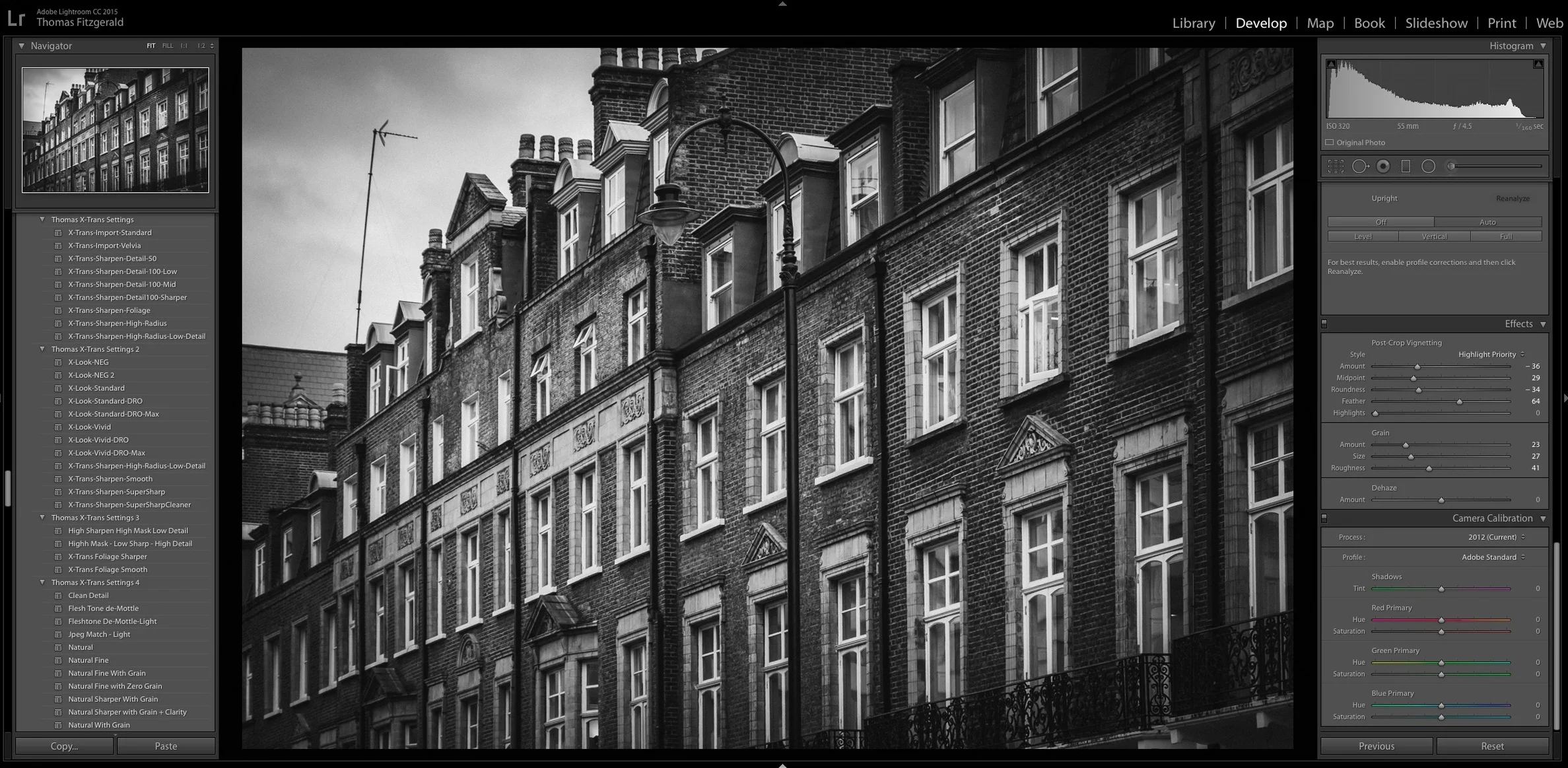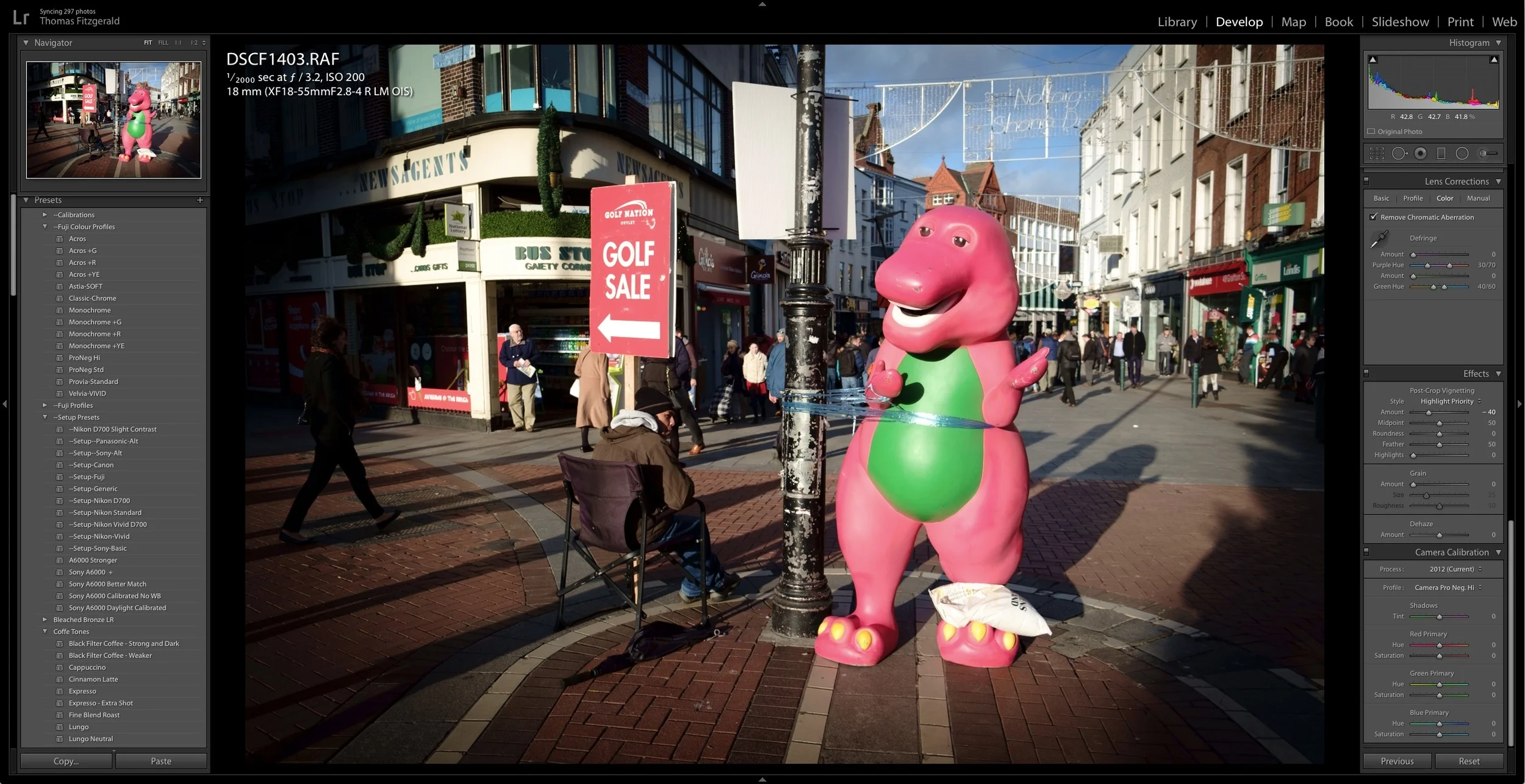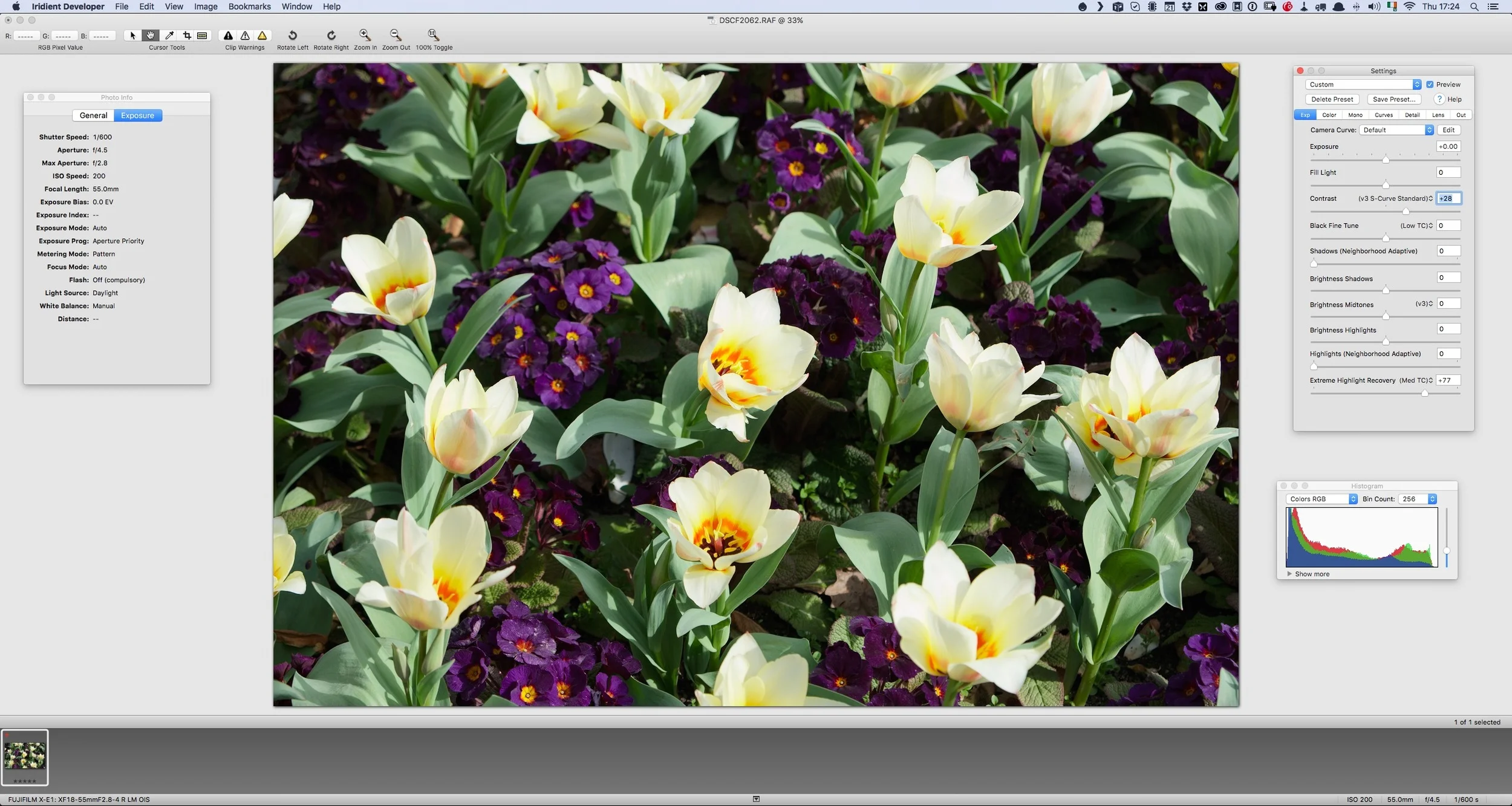What makes Fuji’s X-Trans sensor unique (An excerpt from my Fuji X-Trans Lightroom Processing Guide Booklet)
When I launched my latest guide book for processing X-Trans images in Lightroom, I promised that I'd publish a few excerpts from it, so here, as promised is a small segment....
The following is a short excerpt from my e-book guide for processing Fuji X-Trans images in Lightroom, which is available to buy now in my digital download store.
To understand some of the peculiarities of working with the Fuji X-Trans sensor, you need to know what makes the sensor unique, and how that uniqueness impacts on processing. You may know some of this already, however even if you’ve covered this before, you may still find some of the information here useful.
In a traditional image sensor there are three layers. There is the light capturing layer, which is the electronic part that captures the light and turns that information into data. The light capturing layer of the sensor is effectively colour blind. It only captures amounts of light. To capture colour information, a colour filter is placed over the light sensing layer. This filter alternates between red green and blue over each of the sensors light sensing elements, called "photosites". So, with the filter, each of the sensors photosites captures either red, green or blue information in a pattern. The data from each group of these filtered photosites is then reassembled by the camera’s processor or your RAW software into a single colour pixel. Think of it like a printer's halftone pattern, but in reverse. This process is called demosaicing.
In most digital cameras, the layout of the red, green and blue filtered cells is arranged in a very specific pattern, called a bayer pattern, after the engineer that originally developed it. This layout places the colour filter cells in a regular grid like pattern. Because of this particular pattern, and because of the regular grid of pixels in a sensor, this can often lead to aliasing and moiré (If you’re not sure what moiré is, it is the colour fringing patterns that you used to see on television when someone wore a stripy shirt.) To counter this, most camera sensors include a third layer, called an optical low pass filter, or as it's more commonly known, an anti-aliasing filter. This works by filtering out high frequency image information which reduces the effects of moiré and false colour caused by high frequency repetitive patterns in an image. The down side to using an anti-aliasing filter is that there is a slight softening of the image. To counteract the softness, cameras use software based (either in the camera’s processor or your RAW converter) sharpening to compensate.
There are two things that make Fuji's sensor unique. Fuji's X-Trans sensor doesn't use a Bayer array. Instead Fuji came up with their own design that they say was inspired by traditional film. The colour filter cells are in a more random pattern, which was designed to mimic the pattern of grain in traditional film. Due to the semi-randomness of this layout, the problems of moire and aliasing are reduced and so the X-Trans sensor doesn’t need the optical low pass filter, and this is the second thing that makes Fuji’s sensor different.
Because of this unique design, the standard approach used by RAW processing software doesn't work for Fuji's X-Trans files. Most RAW converters were built around the assumption of a bayer sensor array, and because Fuji's filter pattern is different, developers had to re-write their algorithms for the new sensor design. As the design of the X-Trans sensor is fairly unique, different software developers have come up with different solutions for demosaicing and processing Fuji's RAW files, and each of these has their own look, as well as pros and cons.
To learn more about processing X-Trans images in Lightroom check out the full guide. It's available in the store now for just €4. For more on the background to this booklet and why I wrote it, see this post from the blog.












